How to Hydrate and Repair Bleached Hair
- Bleach weakens and dehydrates hair by opening the cuticle and stripping natural oils.
- Wash less frequently and use ultra-moisturizing conditioners to avoid further drying.
- Weekly DIY or store-bought masks can deeply nourish fragile strands.
- Always treat bleached hair gently—especially when wet or towel-drying.
- Add oils before and after washing to lock in hydration and protect from damage.
- Avoid hot tools in the first 3 weeks post-bleach; opt for gloss or keratin treatments instead.
- Support hair health with hydration, diet, and protective habits like silk pillowcases and UV defense
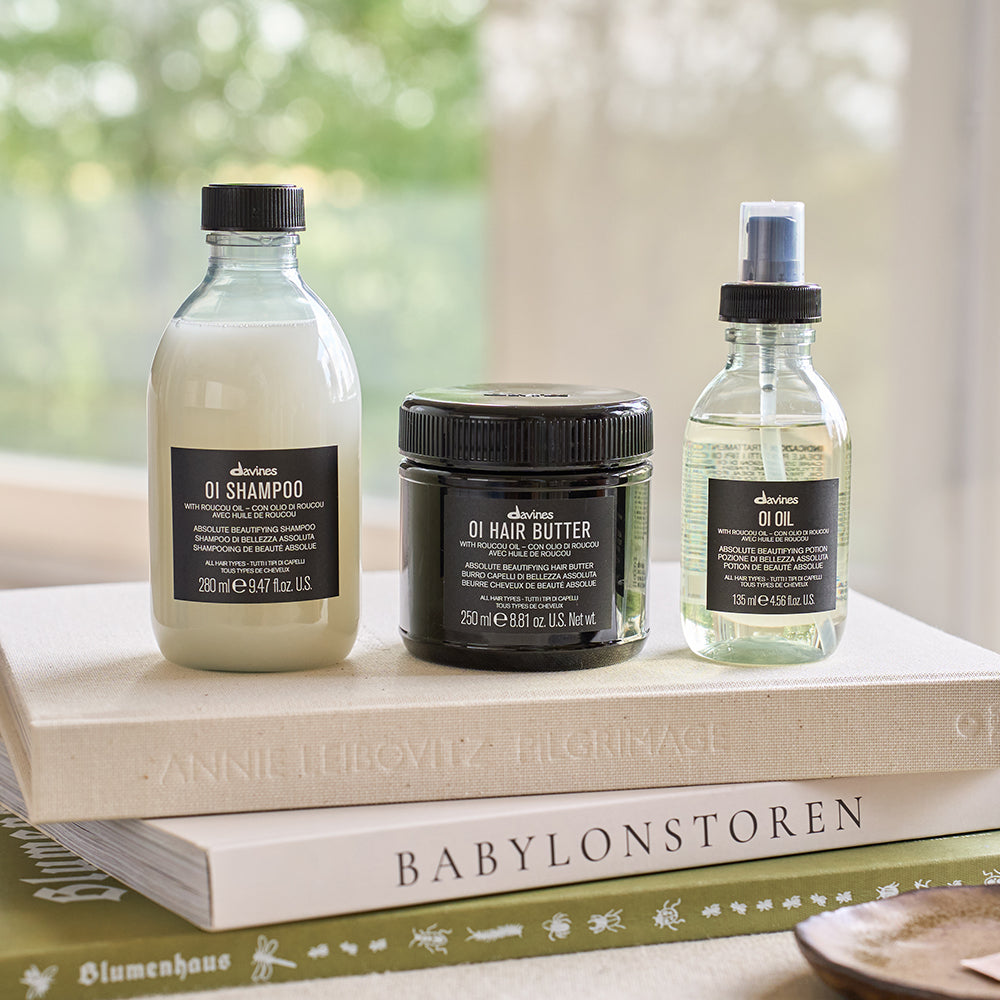
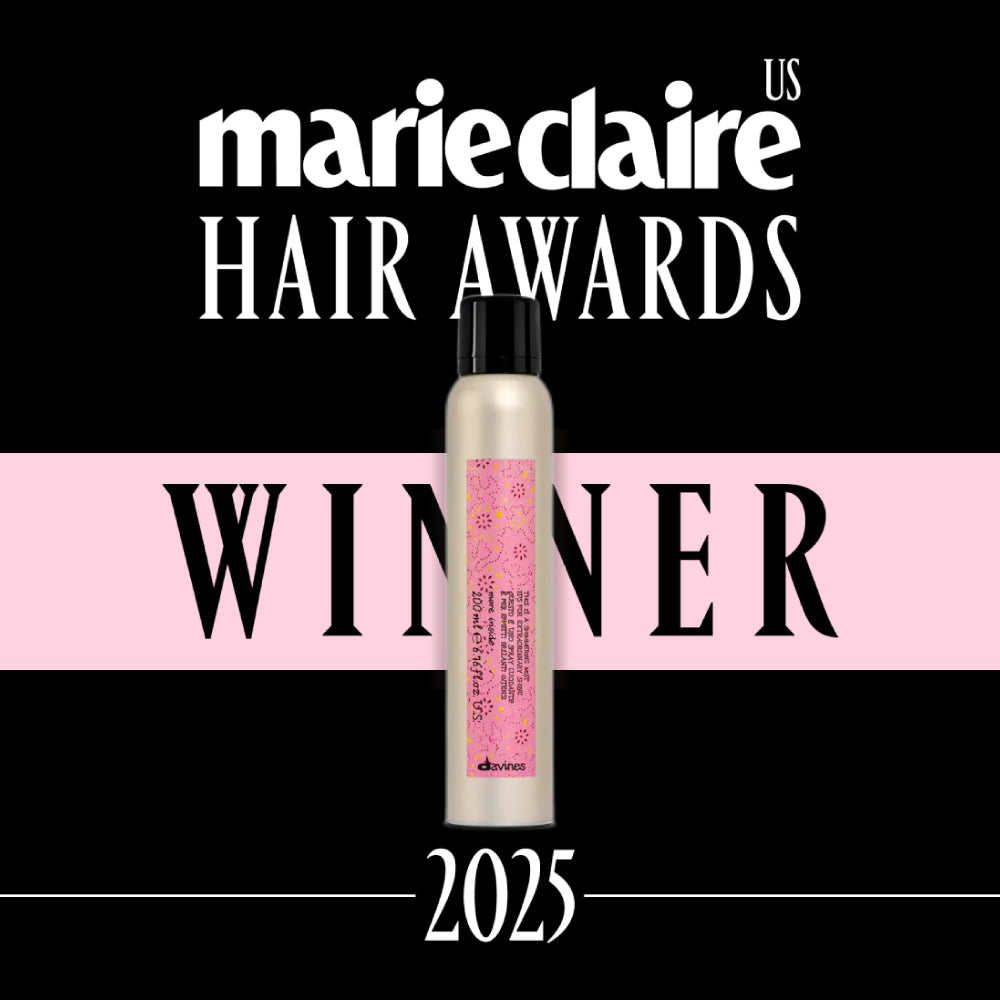
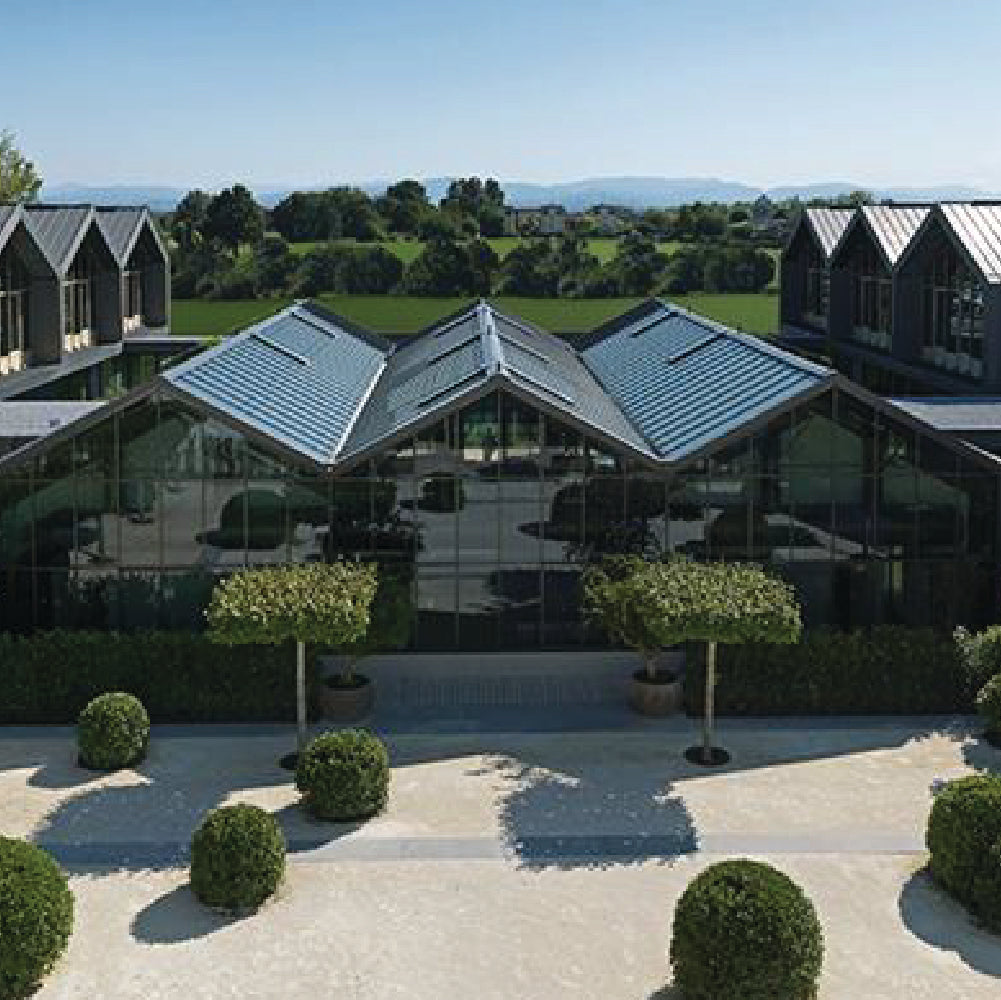
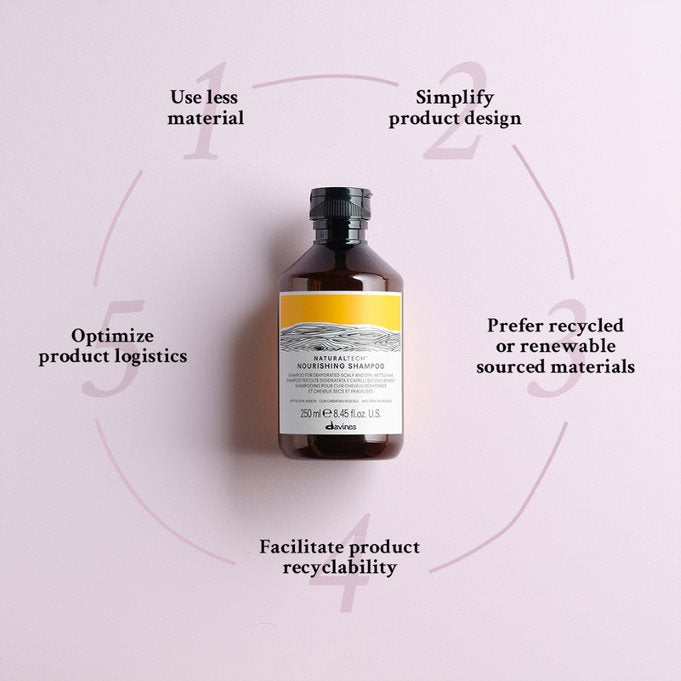
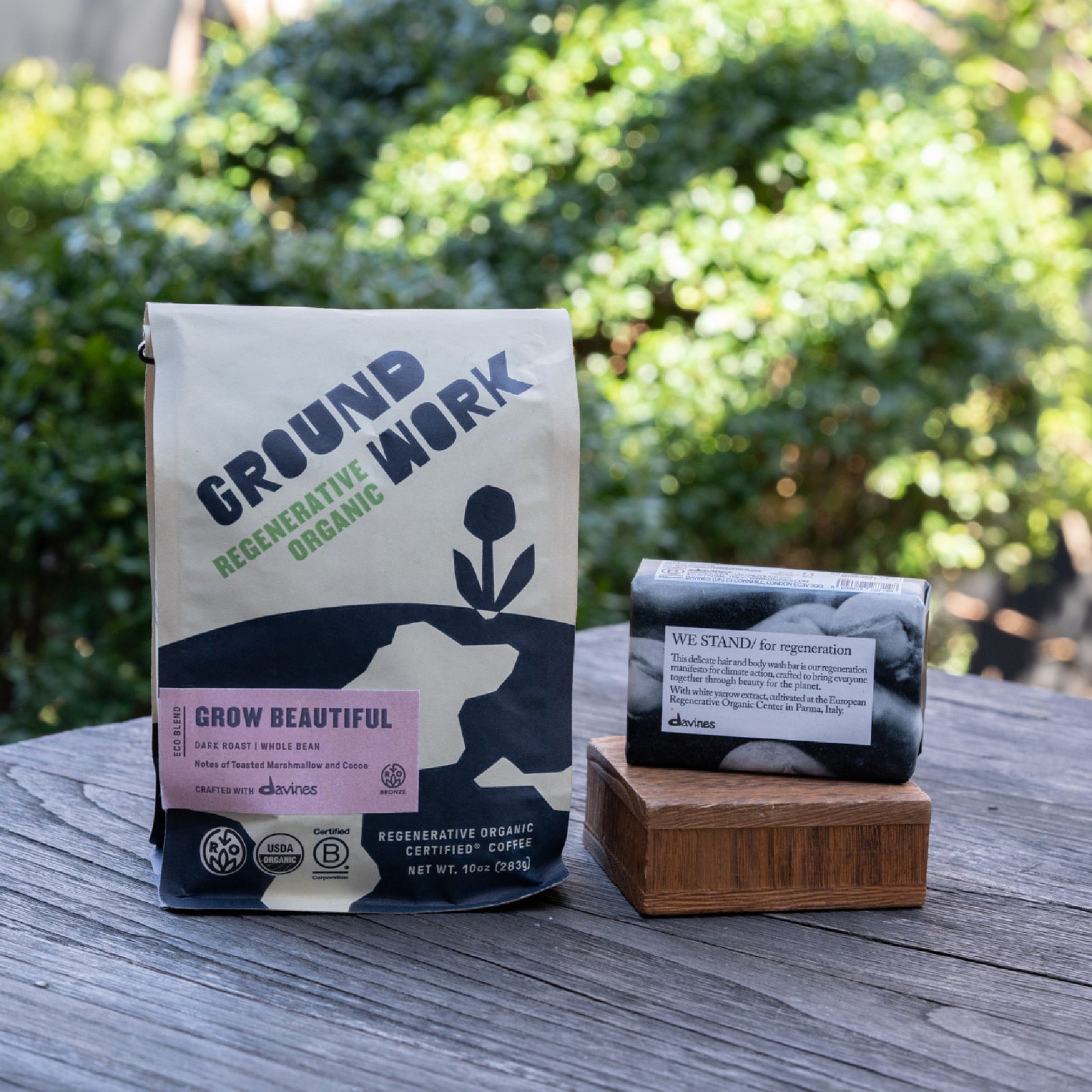
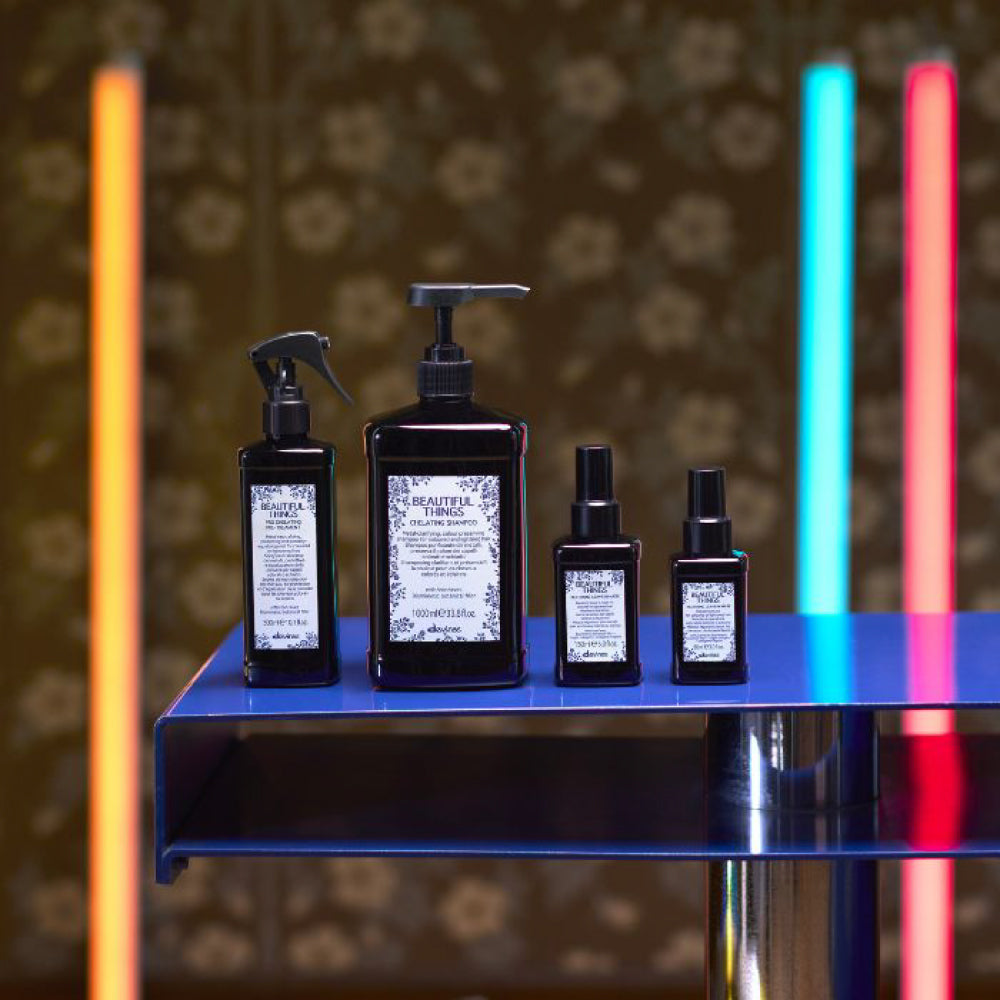
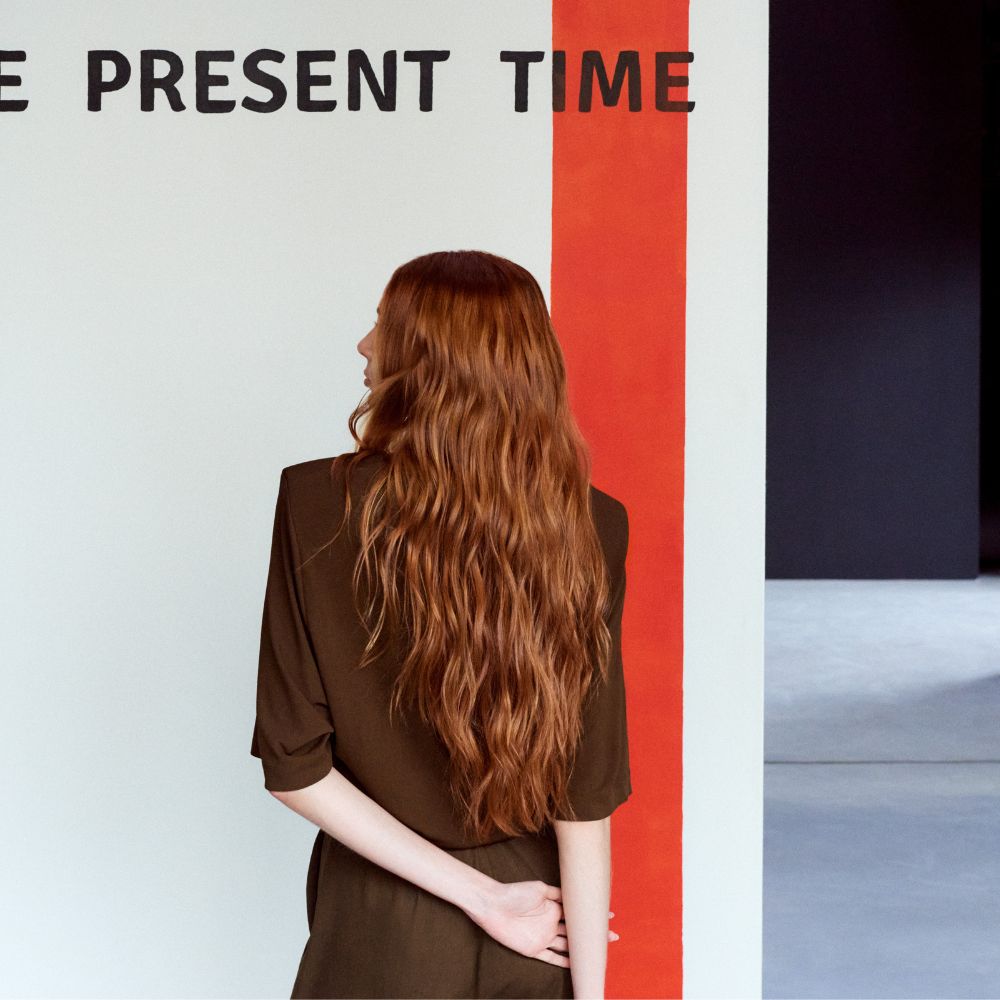
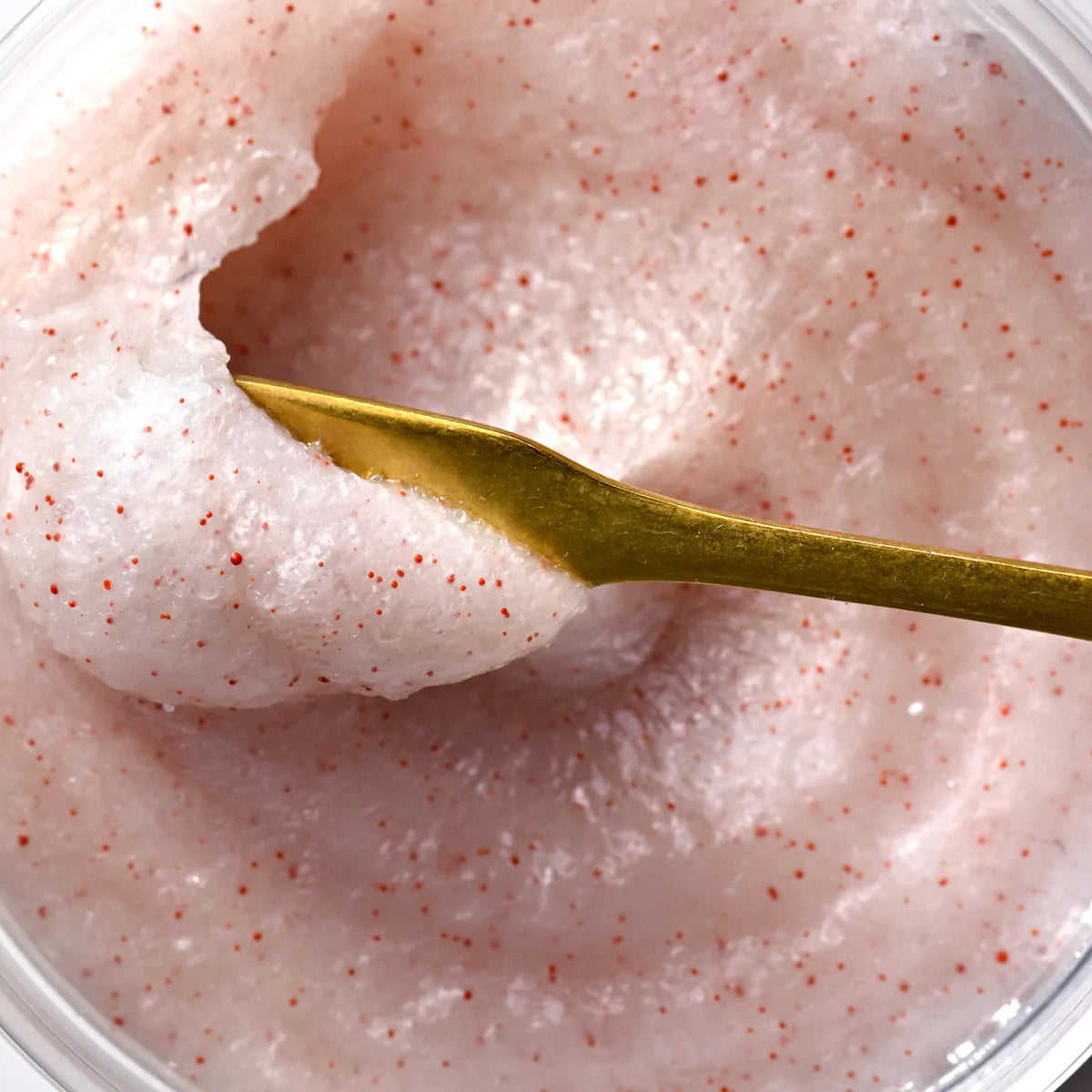
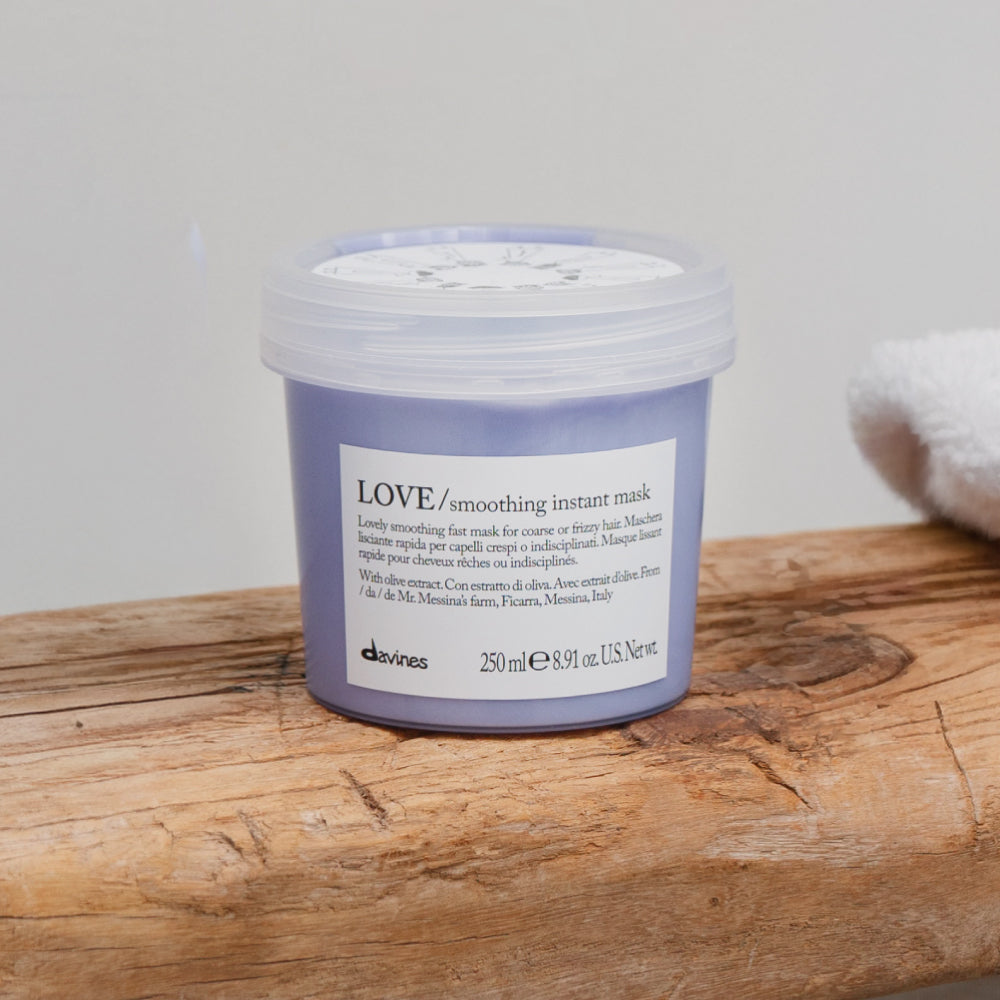

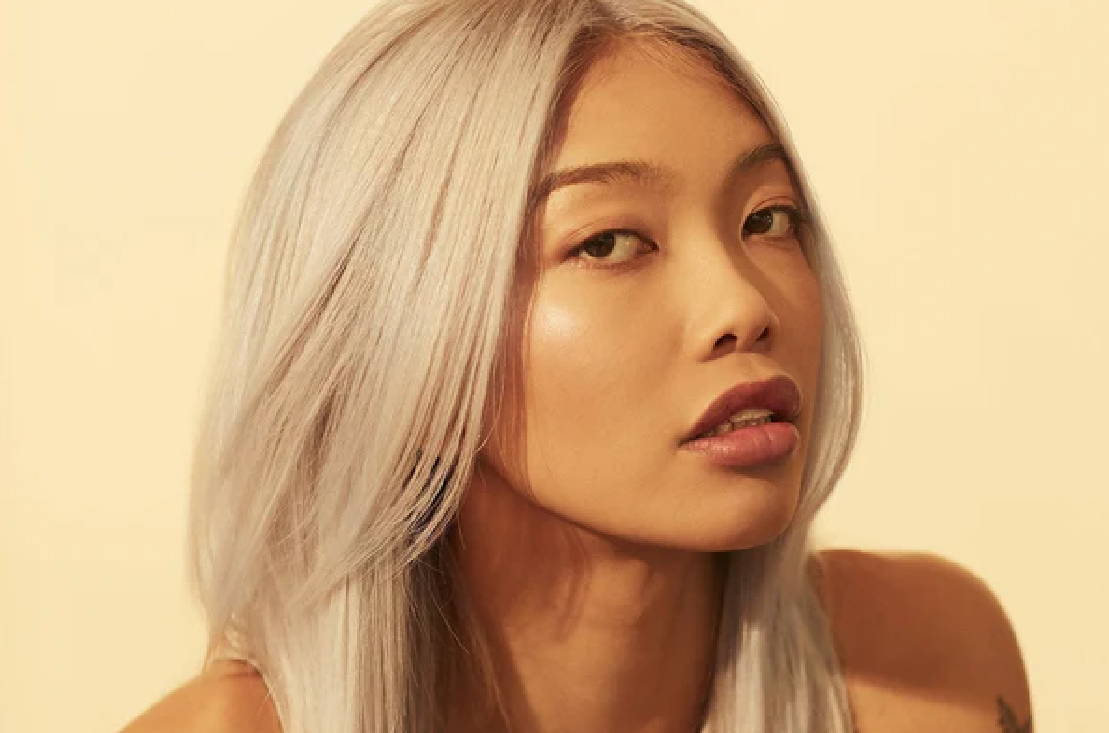
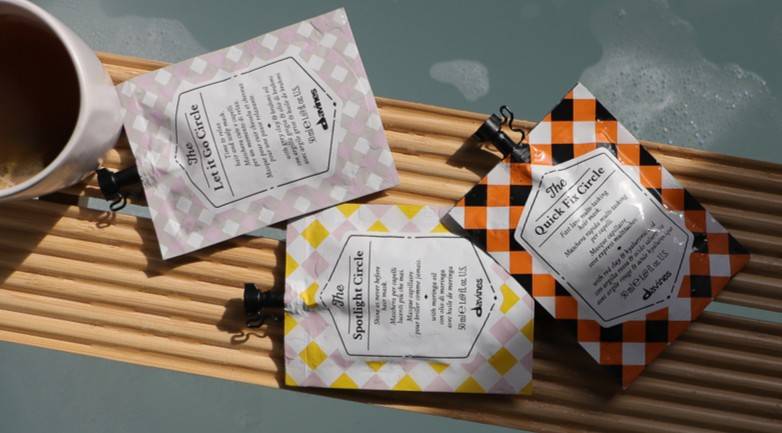
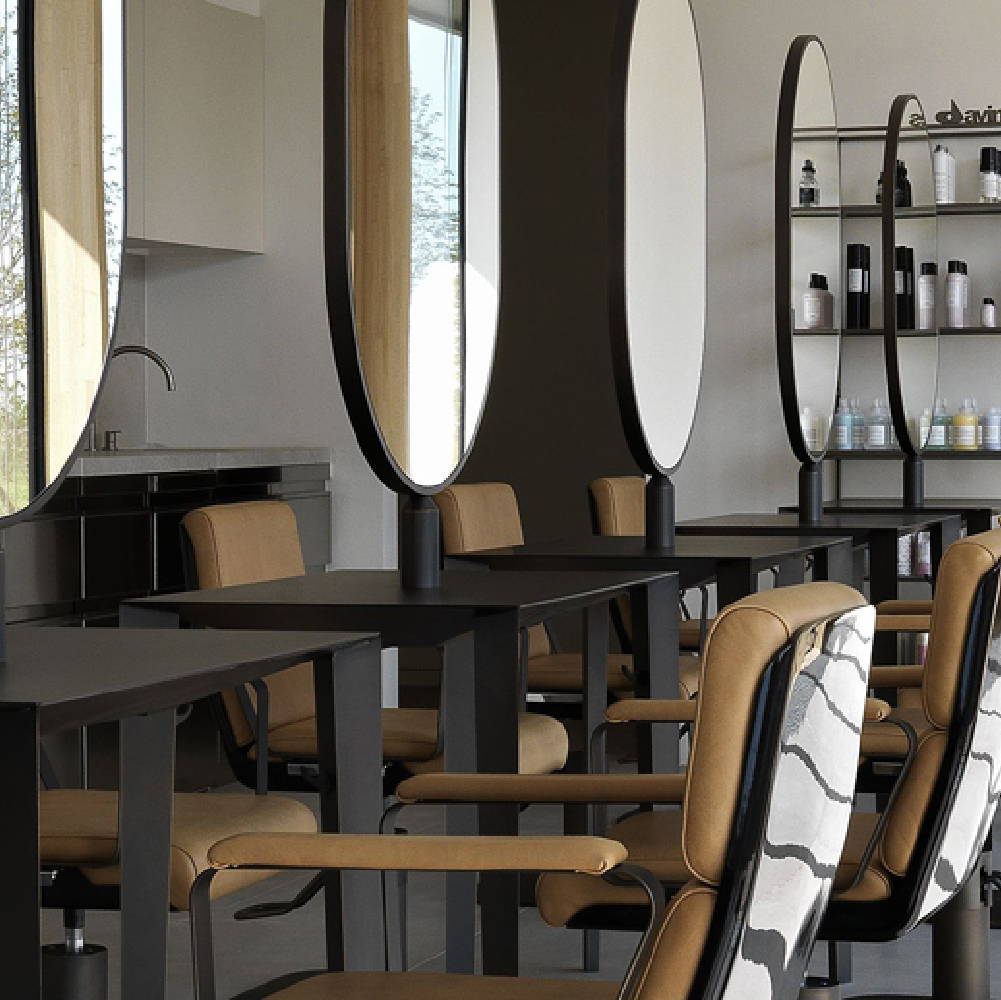

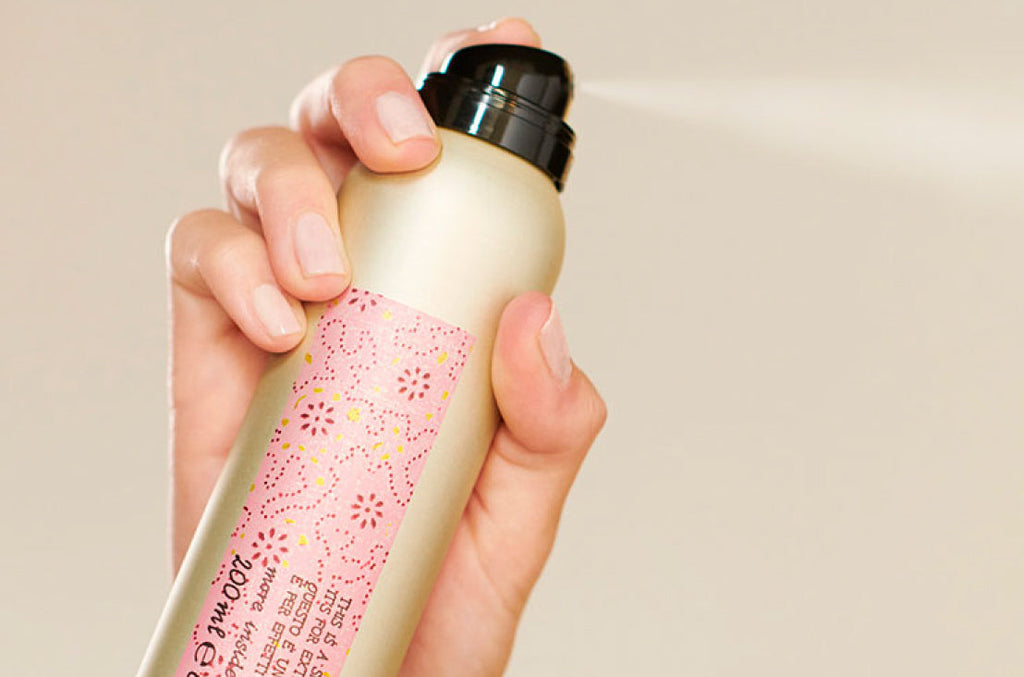
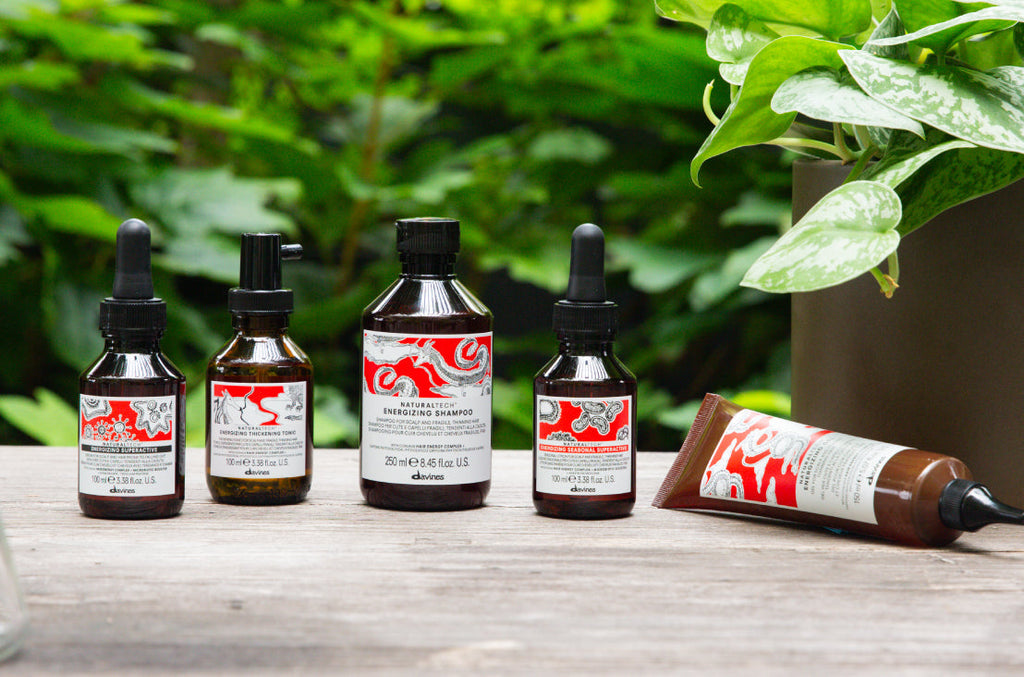
1 Comment
1 Response
Michaela Hemsley
November 10, 2020
Thanks for explaining that using a hair oil can help prevent frizz and keep your hair shiny. I recently bleached my hair white-blonde because I thought it would be cute for the winter. However, it dried out my hair pretty badly, so I’ll have to look into getting an oil that can help hydrate it so it doesn’t start breaking off at the ends. http://xoticsproducts.com/collections/hair/products/kasmere-hair-oil-treatment-sweet-jamila-oil
Leave a comment
Comments will be approved before showing up.